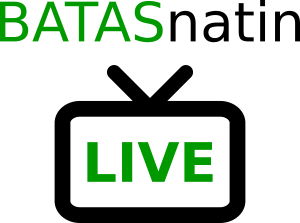ASSOCIATED BANK V. CA
208 SCRA 465
FACTS:
Reyes was engaged in the RTW business and held transactions with different department stores. She was about to collect payments from the department stores when she was informed that the payments had already been made, through crossed checks issued in her business’ name and the same were deposited with the bank. The bank consequently allowed its transfer to Sayson who later encashed the checks. This prompted Reyes to sue the bank and its manager for the return of the money. The trial and appellate court ruled in her favor.HELD:
There is no doubt that the checks were crossed checks and for payee’s account only. Reyes was able to show that she has never authorized Sayson to deposit the checks nor to encash the same; that the bank had allowed all checks to be deposited, cleared and paid to one Sayson inviolation of the instructions in the said crossed checks that the same were for payee’s account only; and that Reyes maintained a savings account with the bank which never cleared the said checks.
Under accepted banking practice, crossing a check is done by writing two parallel lines diagonally on the top left portion of the checks. The crossing is special where the name of a bank or a business institution is written between the two parallel lines, which means that the drawee should pay
only with the intervention of the company. The crossing is general where the words written in between are “And Co.” and “for payee’s account only”, as in the case at bar. This means that the drawee bank should not encash the check but merely accept it for deposit.
The effects of crossing a check are as follows:
1. That the check may not be encashed but only deposited in the bank
2. That the check may be negotiated only once—to one who has an account with a bank
3. That the act of crossing the check serves as a warning to the holder that the check has been issued for a definite purpose so that he must inquire if he has received the check pursuant to the
purpose
The subject checks were accepted for deposit by the bank for the account of Sayson although they were crossed checks and the payee wasn't Sayson but Reyes. The bank stamped thereon its guarantee that all prior endorsements and/or lack of endorsements guaranteed. By such deliberate and positive act, the bank had for all legal intents and purposes treated the said checks as negotiable instruments and accordingly assumed the warranty of the endorser.
When the bank paid the checks so indorsed notwithstanding that title has not passed to the endorser, it did so at its peril and became liable to the payee for the value of the checks.




